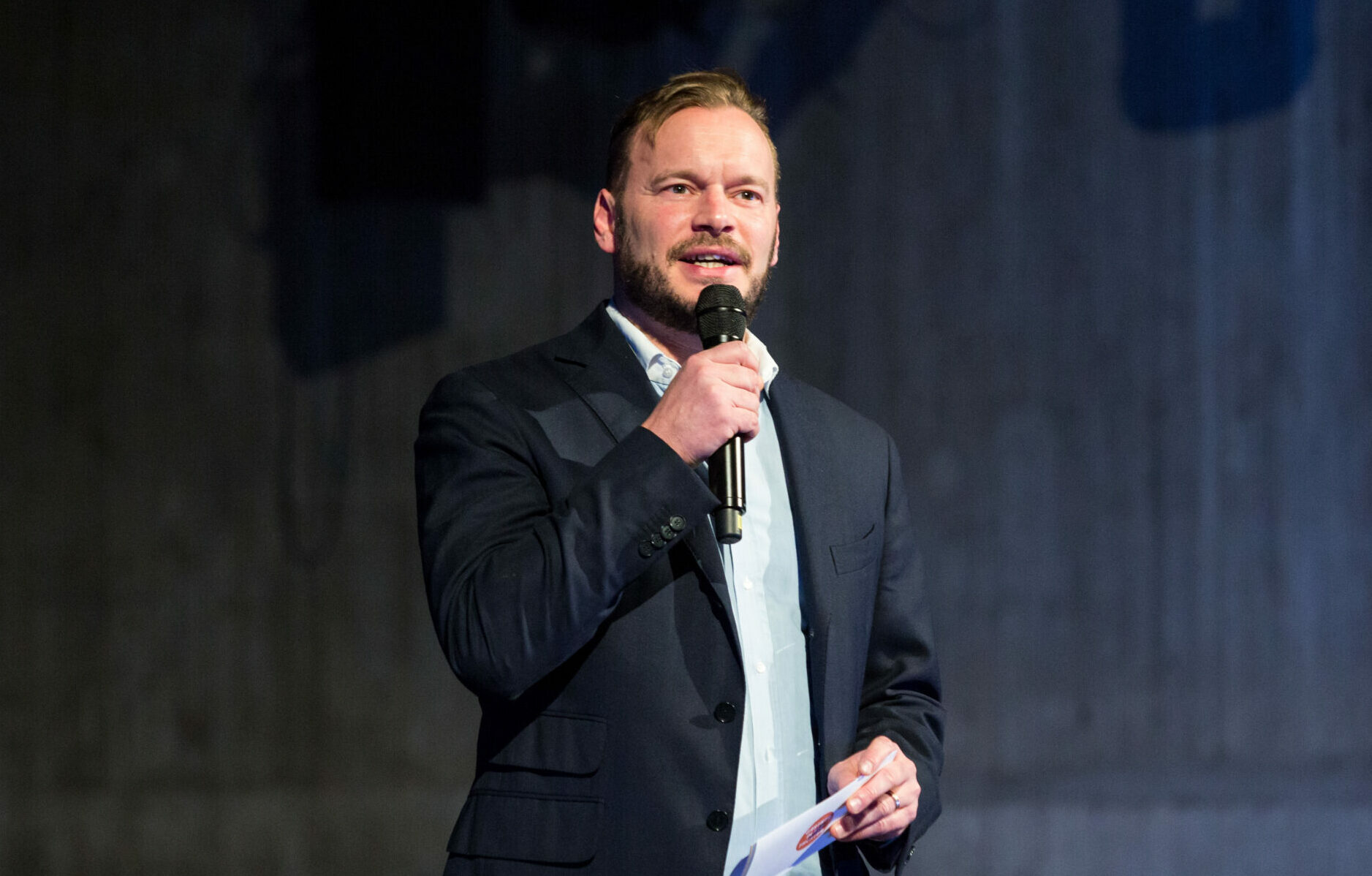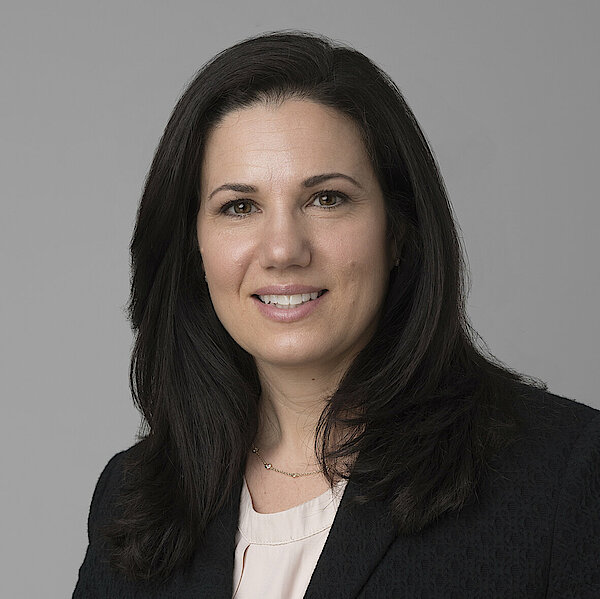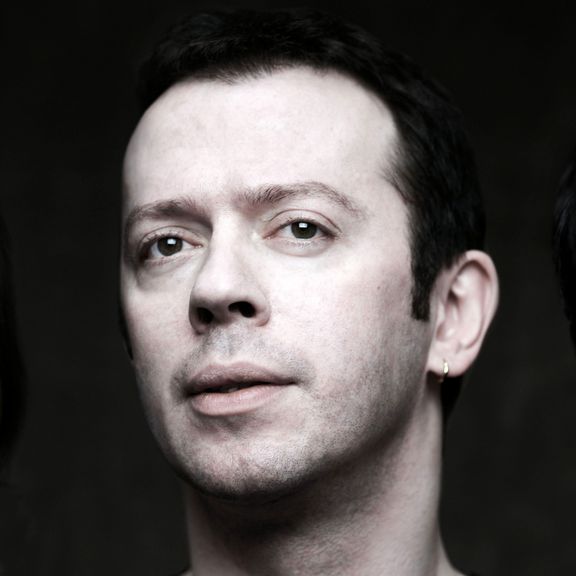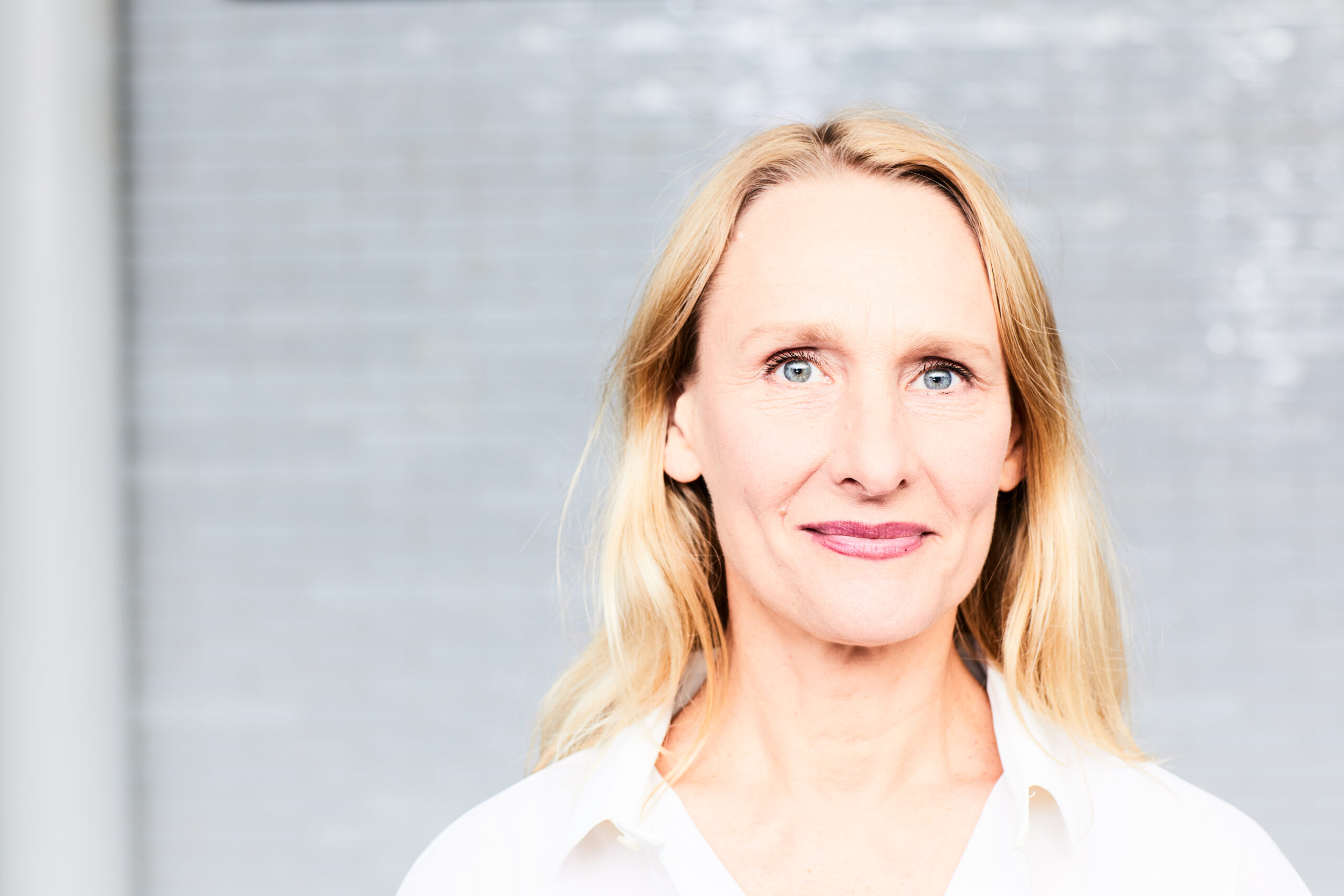
Karl Alfred Schreiner
Karl Alfred Schreiner received his dance-education at the ballet school of the Vienna State Opera, and his first engagements took him to the Graz Opera and the Vienna State Opera. He then danced for Introdans and the ABC Dancecompany St. Pölten.
Karl Alfred Schreiner has been working as a choreographer since 1999 and was assistant of Ismael Ivo, the artistic director of the Venice Biennale‘s dance department, from 2008-2011.
Karl Alfred Schreiner has been ballet director of the Staatstheater am Gärtnerplatz since the 2012/2013 season and has choreographed ballets such as Sleeping Beauty, memento mori, Berlin 1920, Chicago 1930, Jean and Antonín, The Nutcracker, Undine – Ein Traumballett, Giselle and Peer Gynt.

Dora Meyer
Dora Meyer is the performance nutritionist at the Ballet Academy of the University of Music and Theatre Munich. She holds a MSc. in public health, a MSc. in nutrition and biomedicine, and a PhD in nutrition. In addition to teaching at the ballet academy, Dr. Meyer is a postdoctoral researcher in nutritional medicine at the Technical University in Munich. Her role at the ballet academy is to teach students the knowledge and skills to be able to make food choices that support their health, wellbeing, growth and performance. Dora Meyer offers nutrition workshops and cooking classes throughout the academic year and meets regularly with the students to develop and optimize personalized nutrition plans.

Suddenly the body, to space and back
with Simone Sandroni
The body as a point of reference, as a focal point from which to start. An instinctive body, free from aesthetic canons, and focused on the efficiency and effectiveness of actions. Through simple games and tasks, dancers will be guided to tune into space, with other dancers, to listen to internal sensations, and create an open and tension-free internal space, enhancing the listening and perception of what surrounds us. The second part will be dedicated to repeating some tasks and simple choreographic movements to create instinctive movements that become familiar and a language of the whole group. Always in relation to the external space, the internal one, others, and time, we will primarily focus on experimenting with physical actions that can become choreographies, without starting from canonical movements or belonging to any repertoire, style, or technique, but movements born as a result of a physical action, sometimes instinctive, sometimes urgent, or still measured. The ambition is to bring bodies, with their peculiarities and differences, to the forefront, at the center of action, space, and narration without covering them with recognizable movements or aesthetics.

WINGS BEHIND THE BACK
with Alexei Ratmansky
Alexei Ratmansky is one of the most important creators of classical dance of our time and has worked in almost all major international companies: as artistic director, artist in residence or guest choreographer. The roots and basis of classical dance from the 19th century repertoire are important to Ratmansky, as are the aesthetic twists and turns that ballet can take today, enriched with contemporary impulses in his own creations. For Alexei Ratmansky, the central characteristics of a dancer are naturalness, spontaneity and individuality, which he believes should be supported, developed and inspired.

Trust and share
with Julie Shanahan
My workshop aims at searching for the unique qualities of each individual student. In a professional career that is still ongoing and spans over 4 decades, I have always worked as a creative collaborator with each choreographer and director. This has enabled me to research and contemplate the importance of not only being an accomplished performer that can follow the ideas of a creator, but, one that can contribute and enhance the possibilities of a creative process. I will use methods of my own and those of the brilliant directors I have had the privilege to collaborate with. We will research and create together along a journey paved by trust and amazement. I will take time for each student and encourage the students to listen to and watch each other. We will discover a lot together and share generously. These are my intentions, to make a connection with the students, to discover our performative possibilities and by doing so make a connection with an audience.
Presentation: EMERGING DANCE ARTISTS (EDA)
Introducing the New, Digital Knowledge Platform for Starting a Career in Dance in Germany,
with Dany Beyer, Johannes Bergmann (DIS-TANZ-START/Dachverband Tanz Deutschland e.V.)
The new online platform EMERGING DANCE ARTISTS (EDA) supports dance students and graduates in successfully starting their professional dance career in Germany. It was developed as part of the completed DIS-TANZ-START funding programme and offers interdisciplinary webinars with experts as well as further resources on the topics of career development, working conditions, health and key qualifications. EDA is freely accessible and serves the sustainable transfer of knowledge and the promotion of self-directed, digital learning.
Short-Panel
Dance On. Making Time Matter
Moderation: Anna Beke, David Russo and students of the Ballet Academy, HMTM with Gesine Moog, William Moore , Julie Shanahan (Tanztheater Wuppertal Pina Bausch), Ami Shulman (Lecturer) and Friedemann Vogel (Stuttgarter Ballett)
In our society, aging is often negatively evaluated, especially in the context of physical performance. However, this life phase can endow dancers with a magical charisma they may not have achieved in their youth. Many choreographers find this artistic potential inspiring, challenging traditional expectations of technical perfection and the glorification of youth. Exemplary contributions from companies like NDT 3 and Dance on Company, as well as numerous solo artists, prompt us all to reflect on the transience and swift evanescence of the dancing moment. The experience brought by the dancers to the stage carries a weight that manifests in their presence, as once best expressed by Jiří Kylián: „The weight of experience makes the weight they make on the stage.“
Creativity as Skill
with Karl Alfred Schreiner, Patrick Teschner
The Lecture-demonstration of the ballet of the Staatstheater am Gärtnerplatz uses two contemporary choreographies to show different ways of expressing dance. The different choreographic styles and approaches are explained and illustrate the aim of placing the dancer at the centre of our art:
Excerpt from Cryboy by Marco Goecke
Excerpt from Peer Gynt by Karl Alfred Schreiner
Open Space
Peer to Peer Warm-up
We have reserved a designated space for students to converge, connect, and collaboratively prepare their bodies for a day of dance. Within this environment, fellow students have the opportunity to encounter one another, discover commonalities, share their personal practices, and engage in the exchange of knowledge.